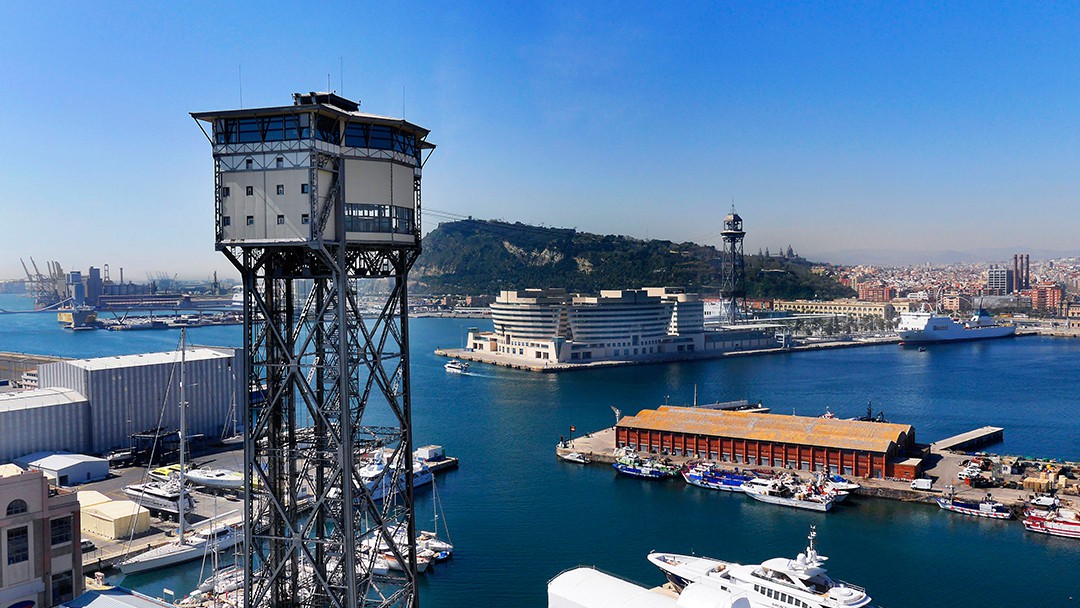meet.barcelona

Visit and love it
La Rambla
Download date: 02/12/2025

Boasting a life of its own that makes it unique, the Rambla is an avenue of flowers, colours, festive coming and going, a place for experiencing the full essence of Barcelona.
-
Urban spaces
The true Barcelona boulevard
On La Rambla you can ramblejar, in other words, you can wander up and down time and again on Barcelona’s great boulevard, for nothing more than the pleasure it gives you, because it makes you feel at home. Because La Rambla is welcoming and inclusive. Here walk humble workers and the rich and powerful on their way to the Liceu, the shopkeepers from Ciutat Vella and the sailors who arrive in the port. Those who have lived here for years and those that are visiting for the first time. Everyone rambles on La Rambla. And this is the essence of Barcelona.
La Rambla’s five ramblas
When, in the 19th century, Barcelona broke free of its suffocating walls, it built a great promenade to join the upper part of the city, the mountain side, with Ciutat Vella, the sea side. La Rambla consists of five stretches with different names. Beginning in Plaça de Catalunya and heading down La Rambla, towards the port, is La Rambla de Canaletes, where you find the Font de Canaletes, a 19th century fountain. If you drink from it, they say you are sure to return to Barcelona. A little further down is La Rambla dels Estudis, so called because one of the city’s first universities was located here. It closed in the 18th century when Philip V abolished the Catalan universities. In this area you can also find Palau de la Virreina, a fine example of civil architecture and a great gift of love from the Viceroy of Peru to his second wife. Continuing towards the sea, you come to La Rambla de les Flors, the only place in 19th century Barcelona you could buy flowers, and which keeps the trade alive today. La Boqueria and the Liceu, one a temple to food and the other to music, begin the fourth Rambla, La Rambla dels Caputxins, so called because of the Capuchin monastery that used to be there. The fifth part, La Rambla de Santa Mónica, where traditionally the artists and painters are located, links this spectacular boulevard with the sea.
La Rambla, which used to connect Barcelona from top to bottom, is an unmissable part of the city, the avenue that everyone has to pass down at some moment or other. To experience La Rambla is to experience Barcelona.
 :
:
Location and contact
Location and contact

La Rambla
- Address:
- C Rambla, 10
- Districte:
- Ciutat Vella
- Neighborhood:
- el Barri Gòtic
- City:
- Barcelona
Timetable and prices
Observacions
La Rambla redevelopment works will continue until 2027. Here, you’ll find all the important information on the redevelopment process, a comprehensive redevelopment plan that is both physical and social, cultural and economic.
The website barcelona.cat/larambla, has now been launched and will be updated regularly as the start date for the works approaches.
Shortly, the Espai Rambla will be opening, a street-level space where you’ll find information on this transformation project and on La Rambla of the future.
You will also find specialist personnel here who will attend to local residents and the broader social, economic and cultural community, addressing any questions or concerns you may have, and responding to any incidents related to the works.
The Espai Rambla will also be a meeting point for entities, institutions and economic agents to follow the progress of the work and find out about any disruption they may cause during each phase of the transformation project. In order to gather the testimonies of the Rambla Community, the Espai Rambla will organise periodic meetings to provide information, share concerns and respond to any demands or needs that may arise, both in relation to the work and any other aspects of La Rambla that need to be resolved over the coming years.
You can also get in touch by filling out this form
Discover other related points of interest
-
El Port Vell

C Josep Anselm Clavé 27
-
Mirador de Colom

Plaça del Portal de la Pau 1
-
Les Tres Xemeneies [the Three Chimneys]

Av Paral.lel 49


